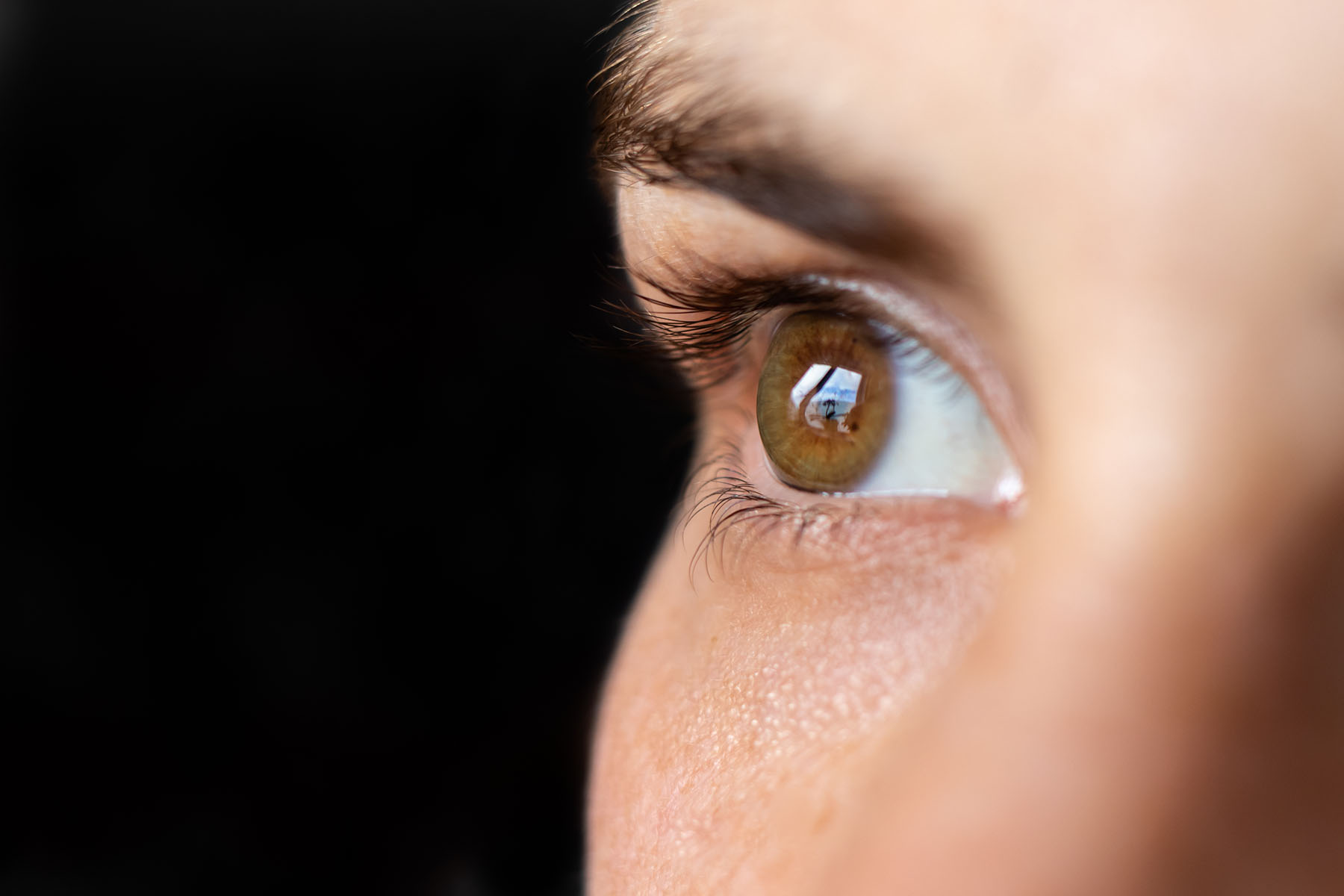Parents: Kids Can Get Keratoconus

When it comes to progressive eye conditions, most begin to cause problems for people later in life, usually after age 50. Keratoconus, however, is one of the few progressive eye conditions that can cause problems in young people, even in their teens and 20s.
Angela Y. Zhu, M.D., an ophthalmologist with Bascom Palmer Eye Institute, says it’s important for young people and parents to be aware of and on the lookout for the condition.
The exact number of keratoconus cases is unclear, but it may be more common than we realize. The National Organization for Rare Diseases puts the prevalence somewhere between 1 in every 400 to 2,000 individuals. They also say that it appears to be more common among children of African-American or Asian-American descent.
What is keratoconus?
The cornea, the clear, outermost covering at the front of your eye, is responsible for focusing light into the eye. It has a major impact on your vision. According to the American Academy of Ophthalmology, people with keratoconus will begin to experience their cornea becoming distorted or even appearing to “bulge out” slightly from the rest of the eye. The result is progressively blurred vision and other complications over time.
Dr. Zhu says the first telltale sign of a problem is a progressive, irregular astigmatism or abnormal curvature of the cornea. However, many patients with regular astigmatism do not develop keratoconus. The other sign that keratoconus may be progressing, she says, is a rapidly changing nearsighted (or myopic) vision prescription.
“Usually, a child’s eye care provider will notice the signs first,” says Dr. Zhu. “If high astigmatism or a rapidly changing prescription is detected, they will refer your child to an ophthalmologist to test for keratoconus.”
Keratoconus cannot be cured, but the American Optometric Association says that treatment can halt or slow the progression of the disease.
Over time, keratoconus can also lead to scarring or rupture of the cornea, which may cause permanent vision problems.
Early detection is key to successful keratoconus treatment.
The best way to detect keratoconus early is through regular annual eye appointments to check for signs, such as high astigmatism or a rapidly changing vision prescription. Children with allergies or chronic red, itchy eyes that they constantly rub are also at a greater risk. Parents may want to speak with an eye care specialist if they notice any of these signs or symptoms in their child.
Corneal crosslinking can treat keratoconus.
The good news about keratoconus? In recent years, it has become more treatable, thanks to a procedure known as corneal crosslinking. It was FDA approved in the U.S. in 2016, but it’s been used in other countries worldwide for much longer. “Corneal crosslinking is a game changer,” says Dr. Zhu. “It’s the only FDA-approved procedure that can stop the progression of keratoconus at an early stage.”
The outpatient procedure involves using riboflavin (vitamin B7) and UV light to strengthen the bonds within the cornea, making the entire tissue stronger. It takes about an hour and involves 30 minutes of taking eye drops every two minutes, then 30 minutes of exposing your eyes to UV light through a machine. The procedure usually only needs to be performed once. However, a few patients may require a follow-up procedure if additional signs of disease progression are detected after some years.
Corneal crosslinking is effective at halting the progression of keratoconus and is highly safe. The procedure does involve some recovery time.
Dr. Zhu says that your eyes may feel somewhat painful for a couple of days after the procedure (like a sunburn on the eyes). In addition, your vision may remain slightly blurry for up to one month after the procedure, but most children can resume their regular activities within a short time. Typically, people need eye drops and protective contact lenses for a few weeks afterward.
Wyatt Myers is a contributor for UHealth’s news service.
